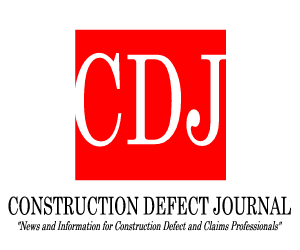
Environmental and regulatory law cases decided by the federal courts after the Supreme Court's 2021 Term concluded.
This is a selection of significant environmental and regulatory law cases decided by the federal courts after the Supreme Court’s 2021 Term concluded.
The U.S. Court of Appeals for the DC Circuit
National Association of Broadcasters v. Federal Communications Commission
On July 12, 2022, the DC Circuit held that an order of the FCC requiring radio broadcasters to follow a prescribed five-step process to verify the identity of program sponsors was not authorized by the Communications Act. According to the court, the FCC “decreed a duty that the statute does not require, and that the statute does not empower the FCC to impose.” Here, the agency failed to identify the statutory authority it needed to authorize the issuance of such an order. While certainly not as significant as the Supreme Court’s ruling in West Virginia v. EPA, decided only a few days before this decision was released, it is a strong reminder that the courts want to know if a challenged rule is authorized by law.
Humane Society of the U.S., et al., v. U.S. Department of Agriculture
On July 22, 2022, the court decided a case involving the steps the Administrative Procedure Act and the Federal Register Act require to be taken before a final agency rule is legally promulgated. Customarily, when there has been a change in Presidential administrations, the incoming administration “quietly” withdraws rules awaiting Federal Register publication without much ceremony. The majority of this panel agreed that public notice should have been provided to the regulated community to comment on the new administration’s action to pull back a new rule which had been made available for public inspection before Federal Register publication that would have strengthened the protections afforded “show horses,” as now required by law. The court noted that “it seems clear that filing with the Federal Register constituted promulgation of a regulation even though publication may not occur until a later date.” Circuit Judge Rao filed a strong dissent. “By cutting off agency discretion at public inspection, the majority imposes judicial burden on agency procedures that conflicts with circuit precedent, the statutory framework and a longstanding regulation permitting withdrawals prior to publication.” There could be a further review of this unique ruling.
Mr. Cavender may be contacted at anthony.cavender@pillsburylaw.com




